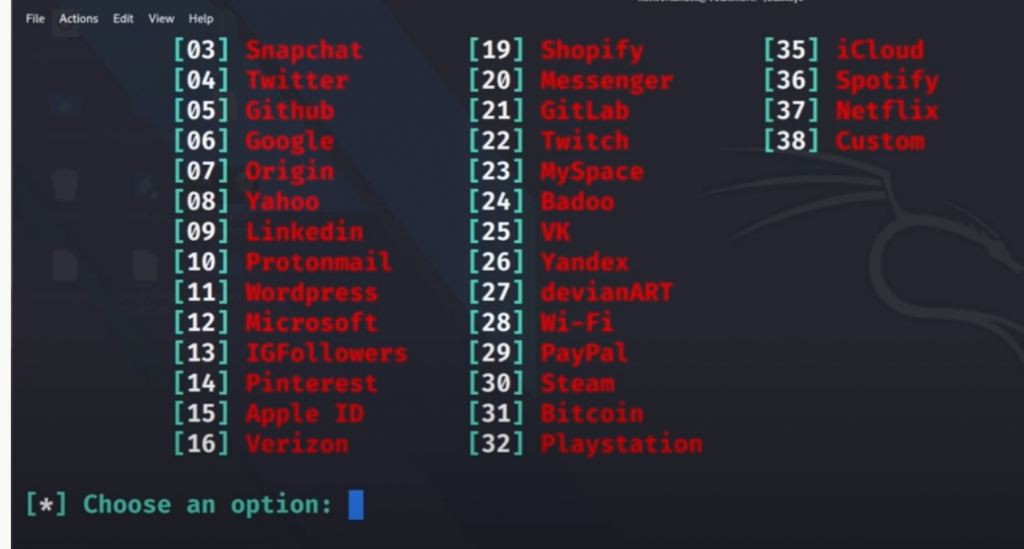
Phishing is a cybercrime in which a target or targets are contacted by email, telephone or text message by someone posing as a legitimate institution to lure individuals into providing sensitive data such as personally identifiable information, banking and credit card details, and passwords.
The information is then used to access important accounts and can result in identity theft and financial loss. These are the attributes of a phishing website.
- Too Good To Be True – Lucrative offers and eye-catching or attention-grabbing statements are designed to attract people’s attention immediately. For instance, many claim that you have won an iPhone, a lottery, or some other lavish prize. Just don’t click on any suspicious emails. Remember that if it seems to good to be true, it probably is!
- Sense of Urgency – A favorite tactic amongst cybercriminals is to ask you to act fast because the super deals are only for a limited time. Some of them will even tell you that you have only a few minutes to respond. When you come across these kinds of emails, it’s best to just ignore them. Sometimes, they will tell you that your account will be suspended unless you update your personal details immediately. Most reliable organizations give ample time before they terminate an account and they never ask patrons to update personal details over the Internet. When in doubt, visit the source directly rather than clicking a link in an email.
- Hyperlinks – A link may not be all it appears to be. Hovering over a link shows you the actual URL where you will be directed upon clicking on it. It could be completely different or it could be a popular website with a misspelling, for instance www.bankofarnerica.com – the ‘m’ is actually an ‘r’ and an ‘n’, so look carefully.
- Attachments – If you see an attachment in an email you weren’t expecting or that doesn’t make sense, don’t open it! They often contain payloads like ransomware or other viruses. The only file type that is always safe to click on is a .txt file.
- Unusual Sender – Whether it looks like it’s from someone you don’t know or someone you do know, if anything seems out of the ordinary, unexpected, out of character or just suspicious in general don’t click on it!
Black Eye Hacking Tool
There is actually a tool for phishing that can make this process very easy. Blackeye is a tool phrase as the ultimate phishing tool that can generate the phishing link for you very easily. This link paired up with Ngrok that exposes local servers behind NATs and firewalls to the public internet over secure tunnels that can be very useful.

Blackeye gives you a whole lot of options to pick from in terms of phishing websites. This includes Facebook, Snapchat, Twitter, etc. When someone clicks this link they are prompted to a very realistic version of the website and a login form. If a user submits their login credentials then the credentials will be fed back to your terminal along with their IP Address.
A phishing tool like this can be extremely powerful with social engineering skills which will be covered next post
